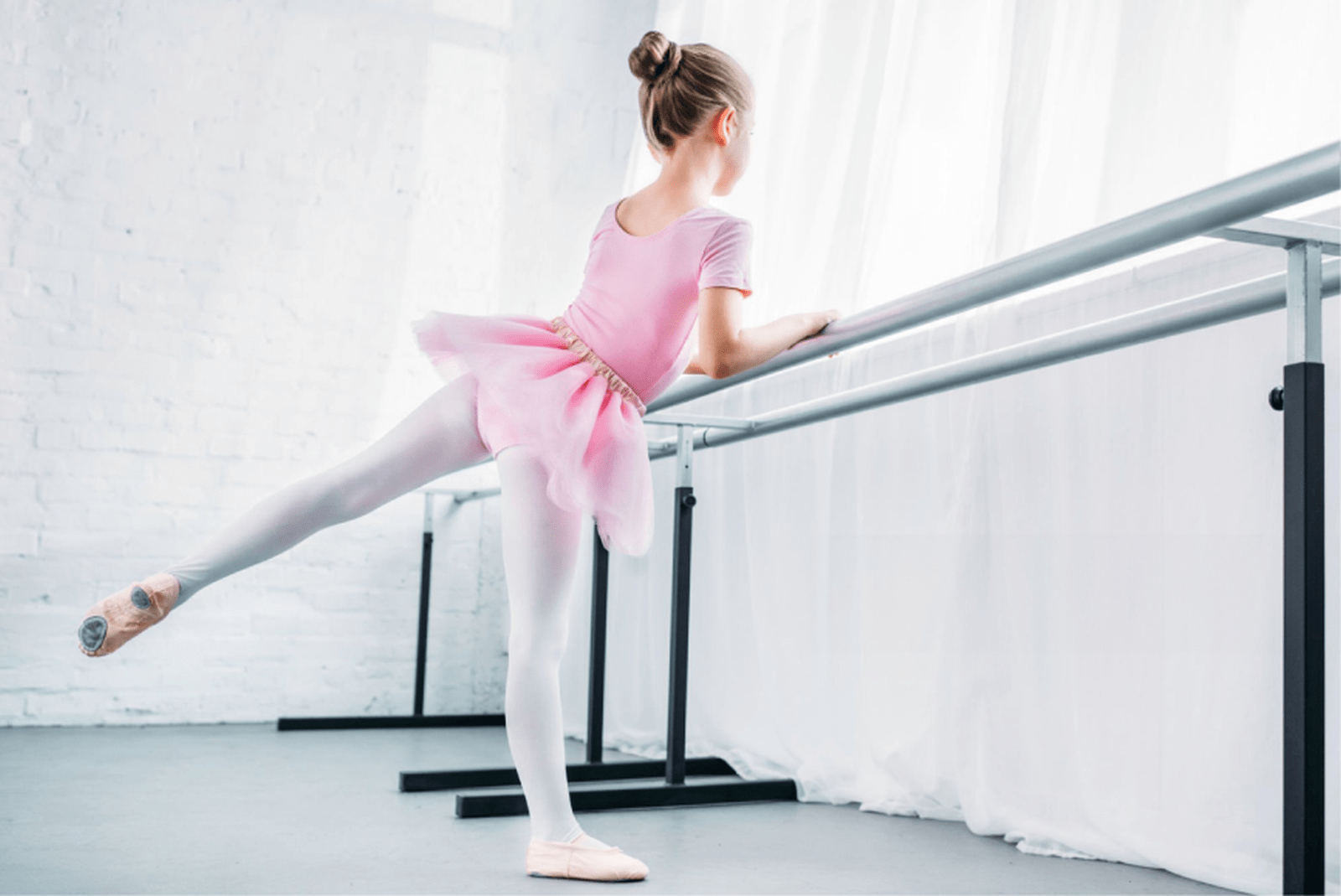Ballet and Culture: Influence and Interconnection
September 18, 2024
Ballet is not just a form of art; it is a reflection of the culture in which it develops. Since its inception during the Renaissance in Italy, ballet has undergone significant changes, adapting to various cultural contexts and influencing them in return. In this article, we will explore how ballet and culture are interconnected and the impact they have on each other.
Historical Context
Ballet originated in the Italian courts, where dance was used as a means of entertainment and a demonstration of status. Over time, it spread throughout Europe, acquiring new forms and styles. In France, for example, ballet became an integral part of the royal court and later of theatrical culture. Each country contributed its traditions to ballet, enriching its diversity and depth.
Ballet as a Reflection of Cultural Changes
Ballet has always reflected changes in society and culture. For instance, in the 19th century, with the rise of Romanticism, themes of love, dreams, and nature began to dominate ballet. This was a time when dance became more emotional and expressive. In the 20th century, with the advent of Modernism, ballet started to experiment with forms and movements, reflecting changes in public consciousness.
The Influence of Ballet on Culture
Ballet not only reflects culture but also actively influences it. It inspires artists, musicians, and writers, becoming a source of ideas and themes for creativity. For example, many renowned composers, such as Pyotr Ilyich Tchaikovsky and Igor Stravinsky, created music specifically for ballet performances, which in turn enriched musical culture.
Moreover, ballet contributes to the development of aesthetic perception and values in society. It shapes notions of beauty, harmony, and movement, which are reflected in other art forms and everyday life.
Modern Trends
Today, ballet continues to evolve, adapting to contemporary cultural realities. Modern choreographers experiment with new styles and themes, including social and political issues. This allows ballet to remain relevant and attract the attention of new audiences.
Online lessons and online art schools also facilitate the spread of ballet, making it accessible to people around the world. This creates new opportunities for cultural exchange and interaction, allowing different cultures to influence one another.
Conclusion
Ballet and culture are in constant interaction, enriching each other and reflecting changes in society. Ballet serves not only as a mirror for cultural changes but also actively shapes cultural values and aesthetic perceptions. In today's world, where the boundaries between cultures are becoming increasingly blurred, ballet continues to be an important tool for self-expression and cultural exchange.





